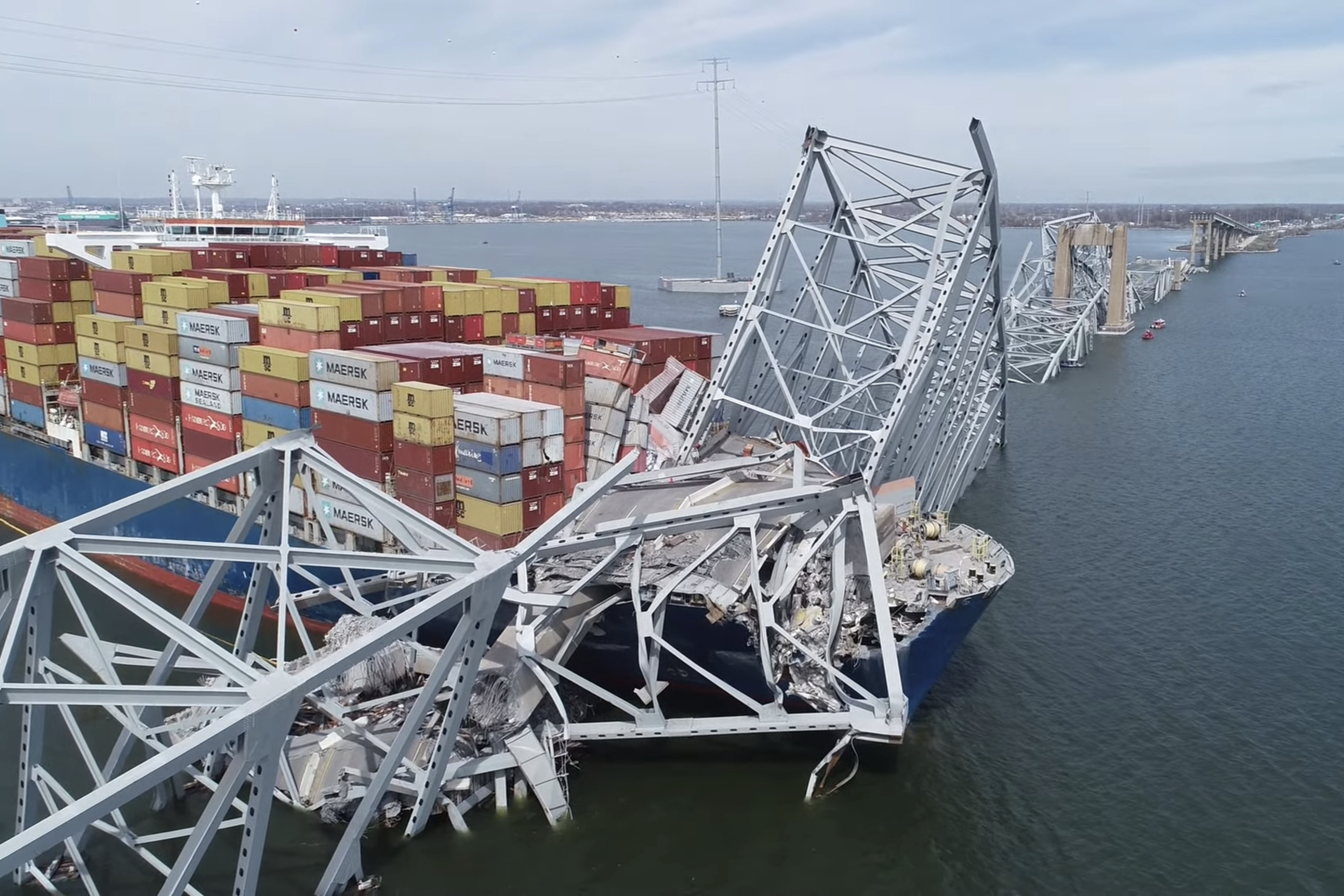On the morning of Aug. 4, 2010, a solar tsunami touched the Earth. It created a geometric storm and displayed a spectacular wave of lights that stretched across the Earth’s southern regions.

Kelly Davis
– Copy Editor –
On the morning of Aug. 4, 2010, a solar tsunami touched the Earth. It created a geometric storm and displayed a spectacular wave of lights that stretched across the Earth’s southern regions.
A solar tsunami, also known as a coronal mass ejection, is a large wave of hot, magnetized plasma that is ejected from the sun at a very rapid speed. Once the eruption occurs, it will head toward a target. This time around, it headed directly towards the Earth racing 93 million miles across space.
Solar tsunamis occur on the active surface regions of the sun where there are sunspots. Sunspots are dark spots on the sun that are formed by magnetic activity.
This takes place during a solar maximum when there is the most solar activity in the sun’s solar cycle.
“The sun follows an 11-year sunspot cycle,” said Carl Campbell, Ph.D., geology professor at STLCC-Meramec.
Solar tsunamis originate from solar activity on the sun, such as closed magnetic field lines that contain ionized plasma. Specifically, when two oppositely directed magnetic field lines come together, they will break and push apart in an outward force and release plasma through space. They also occur when the magnetic field lines are weakened.
Joe Schneider, professor in physical science at Meramec, said that the more sunspots that are on the sun, the greater amount of highly charged atoms are released and the greater number of coronal mass ejections. The sun has been in an unusually deep period of low sunspot activity this last period of minimum likelihood for coronal mass ejections.
“For about two years, there were no sunspots at all. This would be beginning the winter of 2007. This was very unusual,” Schneider said.
Also, a solar tsunami can occur on the quiet surface regions of the sun. However, this happens during a solar minimum, which is the period of the least solar activity in the sun’s solar cycle.
“We were at a minimum and we’re supposed to traverse back to a maximum and that’s what we’re doing,” Schneider said.
Once the solar tsunami reaches the Earth, it strikes the magnetic shield as a way of protection and creates a geometric storm that sometimes contains a glowing celestial ribbon called “aurora,” also recognized as the northern lights. The glowing celestial ribbons that compose the northern lights normally only occur in high northern latitudes. They are seen in Alaska and Canada most of the time. When visible, the lights display shades of green and red stretch across the night sky.
“You can see the northern lights fairly often in the northern tier of states,” said Campbell.
Therefore, the northern lights can be seen at latitudes as low as Missouri.
Solar tsunamis and geometric storms cannot harm people on Earth, but it can cause problems for satellites. Campbell said, “They can overwhelm power grids. They can mess up sensitive instruments.” With this, people on Earth can lose the internet, electricity and other power-outages. “Fixing these damages could take several years and it would cost billions of dollars,” Schneider said.
Fortunately, the Solar Dynamics Observatory (SDO) spacecraft was launched in February 2010 to track the satellites in space. It has the ability to photograph active regions with extraordinary resolution. This allows people on Earth to see space activity and rotate satellites if needed. Schneider said, “By turning the satellites, there will be no damage.”
Currently, there is no way of knowing when the next solar tsunami will take place. The sun’s solar activity is changeable, so anything could happen at any time.
“We can look forward to more of this occurring. This isn’t over,” Schneider said.











